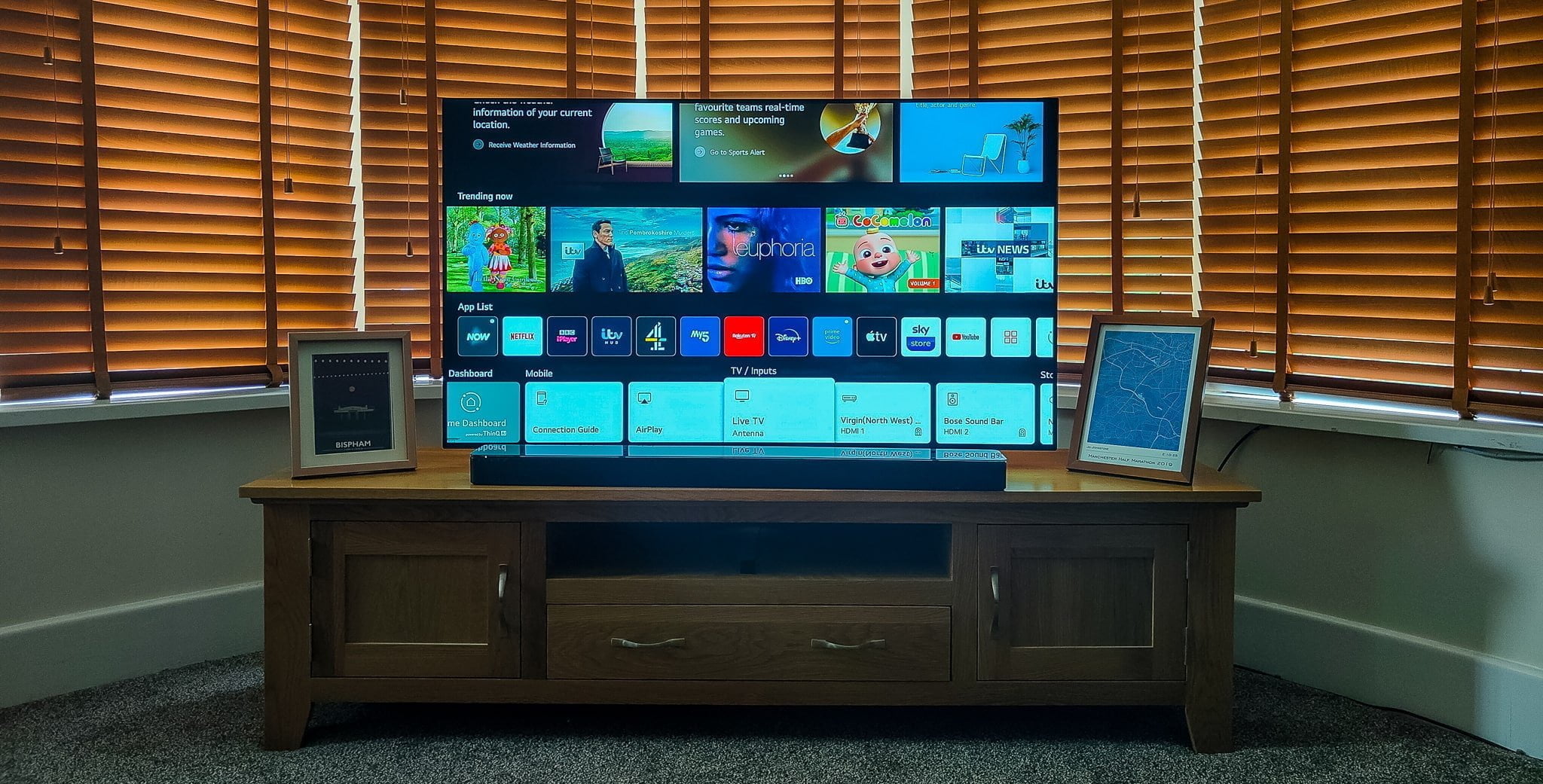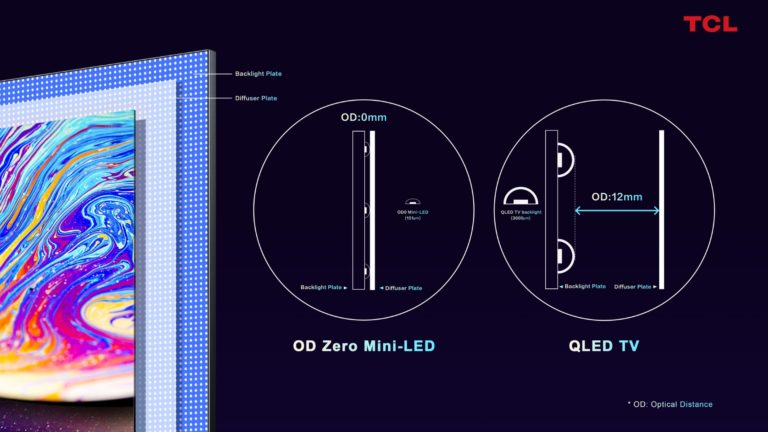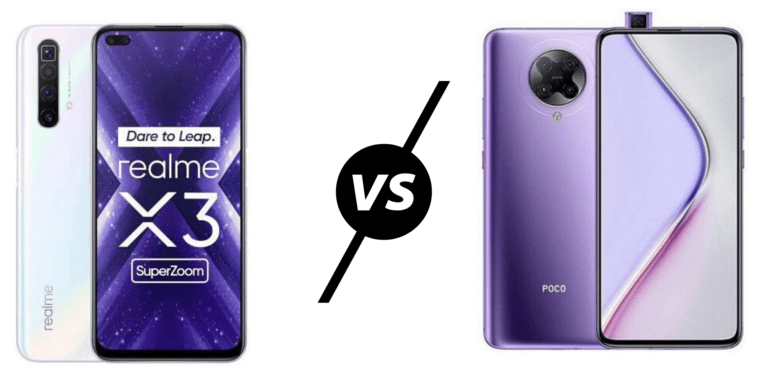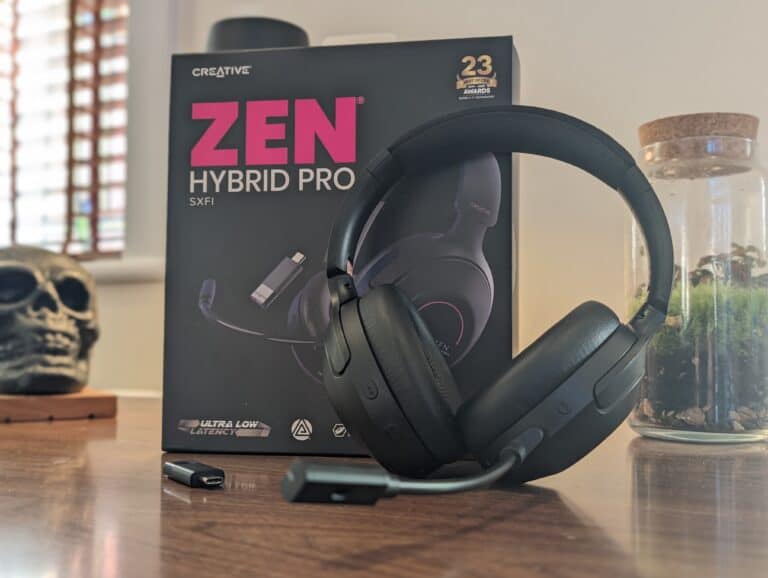Any links to online stores should be assumed to be affiliates. The company or PR agency provides all or most review samples. They have no control over my content, and I provide my honest opinion.
For those of us familiar with technology, UHD and HDR are familiar terms that are used on the specifications of monitors or TVs. For other people, it is understandable why all these acronyms and terminologies can get quite confusing.
UHD and HDR are perhaps the two main technologies that have become popular in recent years. They are not competing technologies, and for many TVs you will have both UHD and HDR.
In fact, there are not many HDR TVs that are not UHD, but you can get HDR monitors, and this is where you may want to decide between UHD or HDR.
The TLDR of this post would be that HDR on any TV or monitor that’s sub-4K probably won’t be that good. HDR only becomes an important spec once you are trying to decide which UHD/4K TV or monitor to buy.
What is UHD?
UHD, or Ultra High Definition, essentially relates to the resolution of your display. Most people nowadays refer to UHD as 4K.
This standard offers 3840 x 2160 pixels, precisely four times the pixel count of the Full HD standard, which stands at 1920 x 1080 pixels. In a nutshell, the higher the resolution, the more detailed your image will be.
Pros of UHD
- Increased Clarity and Detail: The sheer number of pixels ensures that images are incredibly crisp. This is especially useful for larger screen sizes where pixelation is otherwise noticeable.
- Better Scaling: UHD scales well with higher-end graphic cards, which allows for a broader range of uses, from gaming to professional video editing.
- Future-proofing: With a UHD display, you’re less likely to feel the need to upgrade in the immediate future as content increasingly shifts towards higher resolutions.
Cons of UHD
- Cost: A high-quality UHD display is a significant investment. The financial outlay can be substantial, particularly if you’re also upgrading your peripherals to match the display capability.
- Content Availability: While improving, the range of available UHD content is still somewhat limited, especially compared to Full HD.
- Processing Power: Higher resolutions require robust hardware. Your existing setup might struggle to deliver optimal UHD performance without some upgrades.
What is HDR?
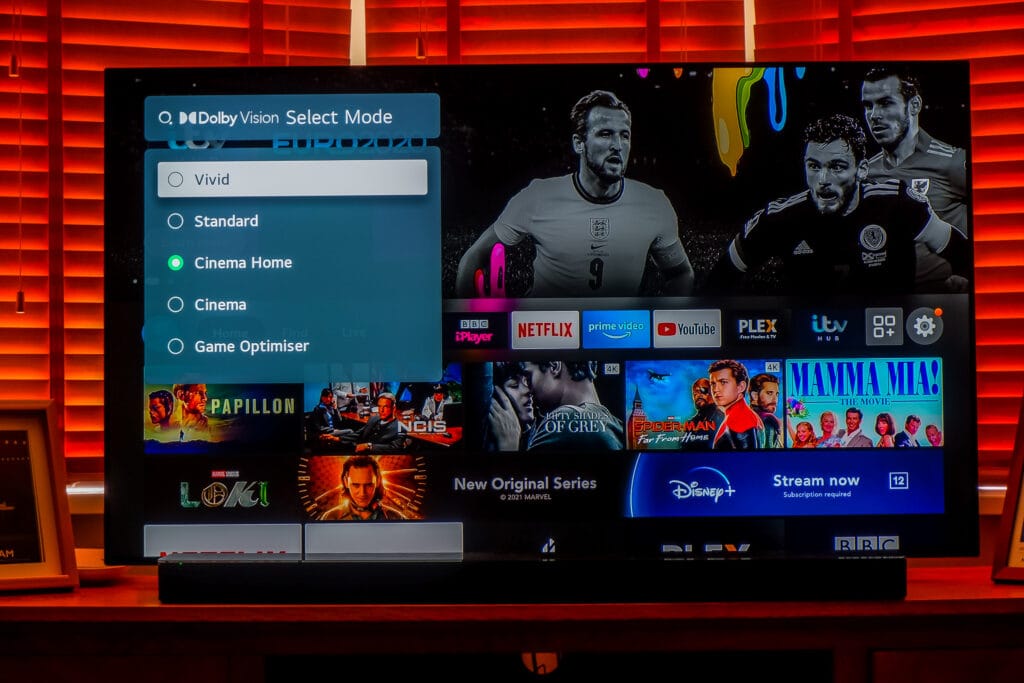
HDR, or High Dynamic Range, is less about the number of pixels and more about how those pixels are utilised. The aim is to offer higher contrast, brighter whites, and darker blacks, thereby making images appear closer to how your eyes would perceive them in real life.
Pros of HDR
- Enhanced Visual Depth: HDR delivers an exceptional range of brightness and contrast. This makes the image pop, delivering an almost 3D-like viewing experience without actually being 3D.
- Colour Accuracy: The colour gamut in HDR is noticeably broader, providing more nuanced shades and tones.
- Better Low-Light Performance: HDR significantly improves how a display handles low-light and high-light situations, giving better clarity and detail.
Cons of HDR
- Inconsistency: The HDR standard is not universal. Different manufacturers have different takes on how HDR should be implemented, which can result in a varied user experience.
- Hardware Limitations: Not all displays are HDR-compatible. If your display isn’t capable of achieving the brightness levels HDR demands, the HDR feature becomes redundant.
- Limited Content: Like UHD, HDR content is still emerging. However, it’s worth mentioning that as HDR is more about quality than resolution, sometimes the visual improvements are subtler than you might expect.
- Different Levels of HDR: Not all HDR is the same. There are four versions of HDR: HDR10, HDR10+, HLG and Dolby Vision. Then there is DisplayHDR Tiers, which is a specification developed by VESA. In particular, DisplayHDR 400 indicates 400 cd/m2 of peak luminance, which is 50% higher than typical SDR, but it is generally not regarded as suitable for proper HDR. If you buy a monitor specifically for HDR then you should look for DisplayHDR 500 or higher. You also need to factor in the colour depth, many brands advertise HDR on a 8-bit display, but it won’t be able to produce the colours for proper HDR.
UHD vs HDR: The Verdict
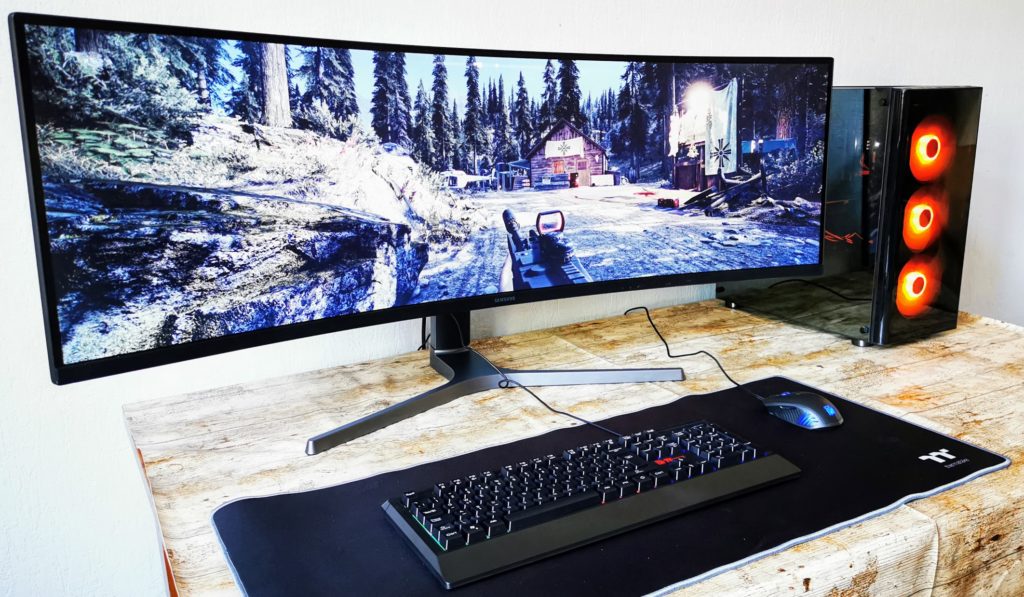
While UHD focuses on ‘how much,’ HDR is more concerned with ‘how well.’ If you’re after intricate detail and have the hardware to support it, UHD is your go-to. If it’s lifelike visuals and dynamic contrast you’re after, HDR is where your money should be.
It’s not a question of one being better than the other; rather, they complement each other in providing an immersive viewing experience. Ideally, you’d look for a display that supports both. But if choices have to be made, your decision should hinge on what you find most important: resolution or dynamic range.
For TVs, the choice of UHD vs HDR is moot as there are not many 1080P TVs with HDR. TCL have some affordable 1080P TVs that support HDR10, but they don’t list the HDR peak brightness and I would expect that it only hits the minimum requirement for HDR.
When it comes down to choosing a monitor for gaming, either on a PC or console, then the choice is a bit more complicated.
For a start, the Xbox Series X/S can’t do HDR at 1080P, you need a 4K monitor.
Then, for PC gaming or the PS5, when you look for HDR monitors, the models that advertise sub-4K resolutions with HDR, you will typically get 400nits peak brightness and an 8-bit colour depth display. You may get some benefit from enabling HDR on these displays, but it won’t be proper HDR. An example of this would be the Acer Nitro XZ272U V.
Even more expensive models like the $1300 ultra-wide Nitro XR383CUR still only does 450 Nits with 8bit + A-FRC.
In reality, when it comes to buying a gaming monitor, you should focus more on the resolution and refresh rate that suits your needs. The above Acer monitors do 165 Hz and 160 Hz, which will provide a smoother, lag-free gaming experience.
I am James, a UK-based tech enthusiast and the Editor and Owner of Mighty Gadget, which I’ve proudly run since 2007. Passionate about all things technology, my expertise spans from computers and networking to mobile, wearables, and smart home devices.
As a fitness fanatic who loves running and cycling, I also have a keen interest in fitness-related technology, and I take every opportunity to cover this niche on my blog. My diverse interests allow me to bring a unique perspective to tech blogging, merging lifestyle, fitness, and the latest tech trends.
In my academic pursuits, I earned a BSc in Information Systems Design from UCLAN, before advancing my learning with a Master’s Degree in Computing. This advanced study also included Cisco CCNA accreditation, further demonstrating my commitment to understanding and staying ahead of the technology curve.
I’m proud to share that Vuelio has consistently ranked Mighty Gadget as one of the top technology blogs in the UK. With my dedication to technology and drive to share my insights, I aim to continue providing my readers with engaging and informative content.

